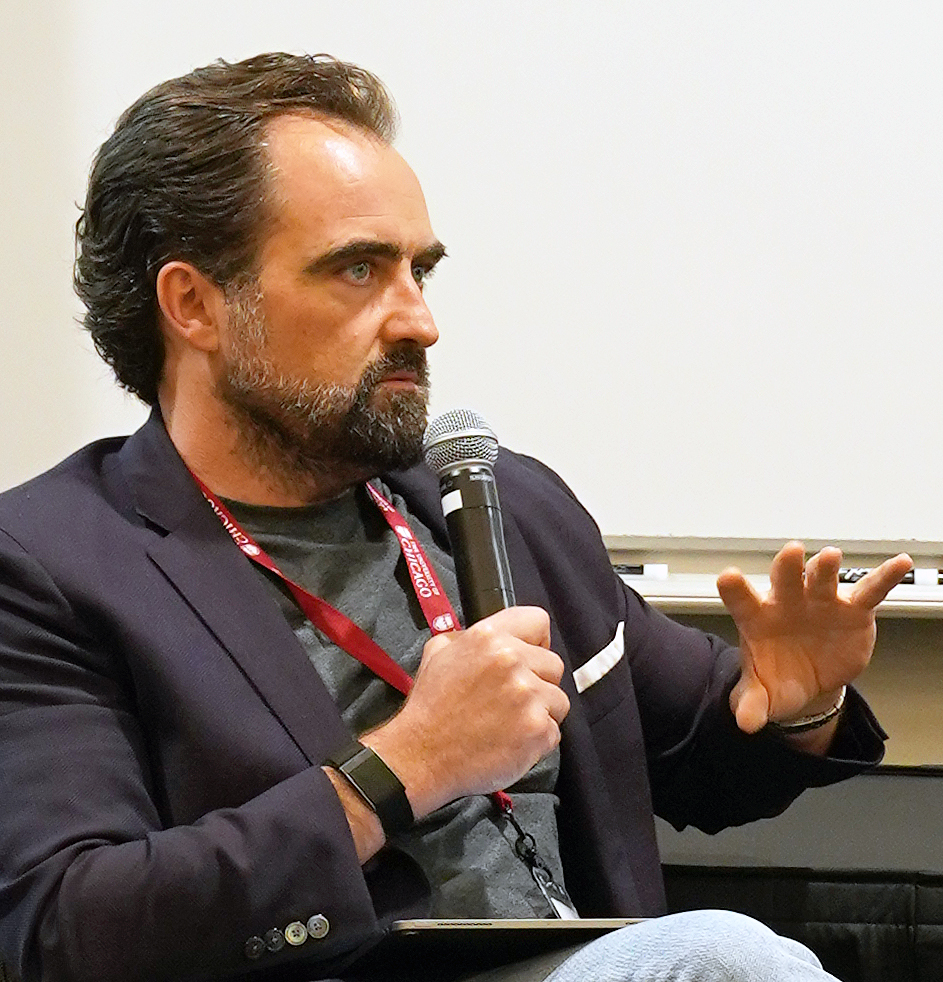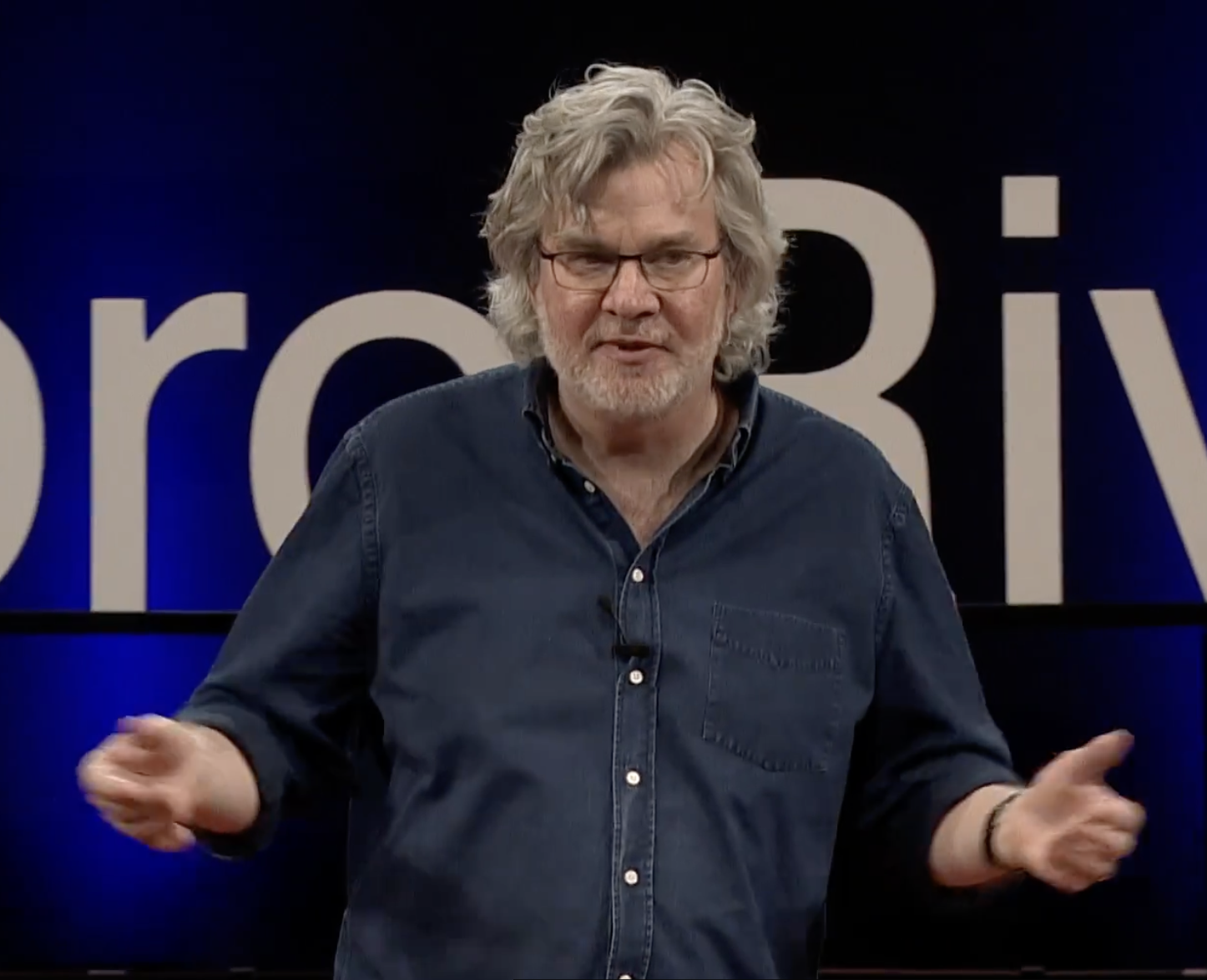The role of the Chief Revenue Officer (CRO) has surged to prominence in recent years and has become a critical C-suite component for both start-ups and established companies alike.
A recent LinkedIn report even identified the role as the fastest-growing job in the United States, while analysis by McKinsey has shown that Fortune 100 companies with CRO-like positions report revenue growth 1.8 times higher than their peers.
What makes CROs unique is the scope of their mandate. It extends beyond traditional sales and marketing leadership roles to encompass the entire revenue cycle, empowering CROs to use data to improve resource allocation as they develop metrics and incentives that orient all customer-facing employees around growing customer lifetime value (CLV). At a time characterized by breakneck advances in technology, changing consumer behaviors, and the need to pursue growth relentlessly, the CRO’s emergence marks a strategic evolution as well as a recognition that something fundamental has shifted in the business landscape.
Conductor of Disparate Forces
Businesses have traditionally segmented revenue generation across departments to gain benefits from specialization. This meant that marketing crafted the brand narrative, sales spearheaded client acquisition, and customer success ensured excellence in service delivery. But as companies grew in size and complexity, this compartmentalization introduced alignment problems, such as overly siloed operations and inconsistent customer experiences. Exasperating this tendency over the past decade has been the proliferation of commercial technology platforms—exemplified by many software as a service (SaaS) businesses—that support the marketing and sales teams and typically require additional collaboration and coordination for successful go-to-market strategies.
The CRO’s sphere of authority emerged out of the necessity to bridge these divides and as a way to foster a unified strategy that aligns all revenue-generating activities. In essence, the role was designed to be disruptive and shake up traditional ways of doing business. Take the software company Behavox as an example. Rather than separate marketing, sales, and customer success teams, the company has sales team pods that cover specific regions and also specific verticals within the region. By weaving together these different functions—or “orchestrating” them—the CRO ensures that the company presents a cohesive front to the customer, thereby enhancing the effectiveness of each interaction and touchpoint along the customer journey.
Architect of Customer Centricity
Customers hold the power today. They demand not only superior products and services but also personalized and seamless experiences that extend beyond the point of sale. The arrival of this customer-centric paradigm—in both B2C and B2B contexts—entails a sea change in how companies conceive of the customer journey as they reorient themselves around the dictates of CLV[LT4].
This is where the CRO enters the picture. Outside the CEO, CROs have the clearest vision into the company’s goals, unique value propositions, and critical problems. By understanding the customer journey from initial awareness through to loyalty and advocacy, they’re in charge of developing revenue generation engines and setting key target ambitions. They then adjust team structures to stay better aligned with the data they collect and the requests they receive from buyers. This takes constant reassessment and modification, especially as a company grows.
The sales engagement platform Salesloft is a great example. As the company expanded, they refocused their sales strategy from adoption to outcomes as the needs of their customers shifted to the post-sales side. More than just usage numbers, their customers wanted concrete insights into the value the product was creating and the revenues the Salesloft platform was driving. By delivering pipeline metrics and quarterly health scores to their customers, Salesloft representatives entered more consequential conversations and had the opportunity to share their insights with leaders. At that point, they were also ready with offers that would improve performance further.
Unifier of Data and Decisions
In today’s digital economy, companies confront a challenging dual mandate: to innovate rapidly while sustaining growth amid sweeping digital transformation. Staying competitive in this environment requires agility in decision-making and a unified approach across teams. Herein lies the power of the CRO. As a figure equipped with a comprehensive grasp of market trends, but who isn’t constrained by the short-term focus of sales teams, the CRO operates on longer timelines and can work to radically reform the internal bureaucracies impeding growth. This panoramic view is what unlocks previously siloed insights and supports the company’s long-term health by improving resource allocation and optimizing margins.
While many organizations today get bogged down in their quests for “perfect data” and “single sources of truth,” CROs use high-level revenue strategies to create pipelines, establish targets, and deliver workable solutions that integrate the data they have. By tracking customer data across the entire journey, they’re able to make connections that lead to conversations that illuminate the short circuits between teams. Traditionally, for example, a customer success problem was seen as an issue for the customer success team. The critical contribution CROs bring to the table is an ability to identify the root of a customer success problem at an earlier point in the customer journey, like in a miscommunicated marketing message or a friction during onboarding, and they work to resolve it there.
Catalyst for Scalable Revenue Models
CROs are redefining how companies approach scalable growth. In part, this is in response to how digitally enabled sales channels and subscription-based models have uprooted the old divisions between teams and turned upsells and renewals into central growth factors. In this new world, customer success teams are now tasked with selling, while marketers aren’t just finding leads, they’re also educating potential customers and making them smarter.
But if the traditional divisions no longer apply, organizational inertia in many instances holds them in place. It’s up to the CRO to design paths to growth that cut through ingrained habits and unify teams around the goal of maximizing CLV.
What’s more, it’s not just a matter of doing it once. Continuous process improvement is the name of the game. Whether it’s understanding where AI and machine learning will fit into their organization, exploring new digital channels for customer acquisition, or innovating go-to-market strategies, today’s top CROs need to be visionaries, executors, and unifiers simultaneously as they mobilize cutting-edge technologies and the talent of their teams to realize tangible growth opportunities.
Leaders in High Demand
The CRO’s rise in recent years marks revenue generation as a strategic function that requires leadership at the highest level. Warren Zenna, founder of the CRO Collective, calls the CRO “the strategic operational conscience of the business who brings to the fore a focus on customer centricity and growth.” No surprise then that CROs are in high demand. In fact, the growing prominence of the role today is quickly outstripping the supply of professionals in command of the complex blend of leadership skills and functional knowledge required to fulfill the CRO promise.
Responding to this need, University of Chicago Professional Education has introduced the Chief Revenue Officer Executive Education program, one of the first programs of its kind. Taught by expert instructors at a top-tier research university, the ten-month program gives participants the tools, skills, and expertise they’ll need to thrive in the in-demand CRO role. Find out more today.

Elevate Your Career and Become a Chief Revenue Officer
Join the Chief Revenue Officer (CRO) Program to gain the knowledge, tools, and skills needed to enter the C-suite strata. Learn how to get started.
Get In Touch


